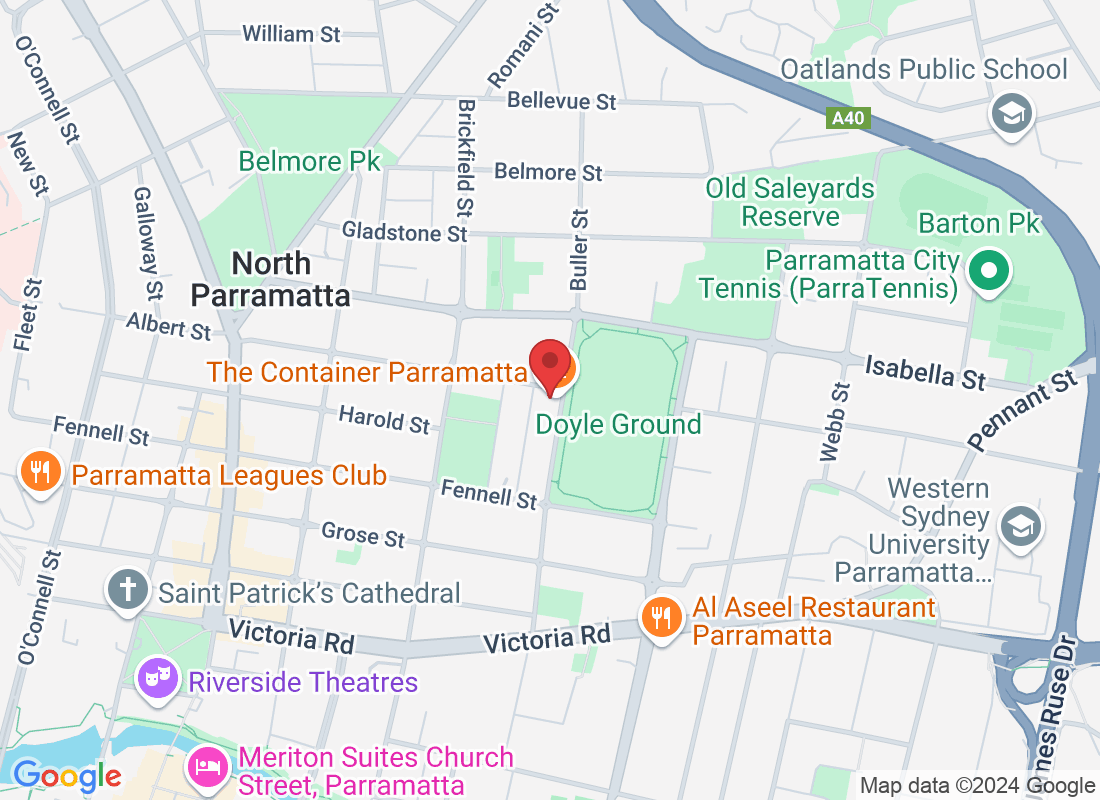
Hip Labral Tears: Understanding the Symptoms, Causes, and Treatment Options
Hip pain can interfere with daily activities and quality of life, and one potential cause is a labral tear. The labrum is a ring of cartilage that surrounds the hip joint, providing stability and cushioning. When damaged, it can lead to pain, discomfort, and mobility issues. Understanding the symptoms, causes, and treatment options for hip labral tears is key to managing this condition effectively.
What Is a Hip Labral Tear?
A labral tear occurs when the cartilage in the hip joint is damaged. This can happen from wear and tear, sudden trauma, or conditions that affect joint alignment. Tears may vary in severity, from minor disruptions to significant damage that affects hip function.
Symptoms of a Hip Labral Tear
Common symptoms include:
Pain in the Hip or Groin: Often sharp or aching, and worsened by prolonged sitting or certain movements.
Clicking or Locking Sensations: You may notice a catching or clicking feeling when moving your hip.
Limited Range of Motion: Difficulty performing activities that involve rotating or bending the hip.
Stiffness: Feeling tight or restricted in the hip joint.
These symptoms can develop gradually or appear suddenly, depending on the cause of the tear.
Causes of Hip Labral Tears
1. Overuse and Repetitive Movements
Activities that involve repetitive twisting or pivoting, such as sports like soccer or hockey, can place strain on the hip joint, leading to tears over time.
2. Structural Abnormalities
Conditions like femoroacetabular impingement (FAI), where the hip bones are not aligned properly, can increase the risk of labral tears.
3. Trauma or Injury
A sudden impact, such as a fall or car accident, can cause immediate damage to the labrum.
4. Degenerative Conditions
Age-related wear and tear or osteoarthritis can weaken the labrum, making it more susceptible to injury.
Treatment Options for Hip Labral Tears
1. Physiotherapy
Physiotherapy is a key component in managing hip labral tears. Treatment focuses on reducing pain, restoring mobility, and strengthening the muscles around the hip joint. Exercises target stability and alignment to reduce strain on the labrum.
2. Manual Therapy
Hands-on techniques, such as joint mobilization, can improve hip function and reduce stiffness.
3. Lifestyle Modifications
Adjusting activities that aggravate the hip and incorporating stretches or exercises can help manage symptoms effectively.
4. Medications
Over-the-counter anti-inflammatory medications can help reduce pain and swelling. Always consult a healthcare provider before starting new medications.
5. Surgical Intervention
In severe cases where conservative treatments are not effective, surgery may be required to repair or remove damaged sections of the labrum. Post-surgical physiotherapy is essential for recovery.
Preventing Hip Labral Tears
While not all labral tears are preventable, certain steps can reduce the risk:
Engage in regular strength and flexibility exercises for the hips and core.
Avoid repetitive, high-impact activities that strain the hips.
Address biomechanical issues early with the help of a physiotherapist.
Take the First Step Toward Recovery
Hip labral tears can be challenging, but with the right treatment and guidance, you can regain mobility and reduce pain. Physiotherapy offers a non-invasive, effective approach to managing symptoms and improving hip function.
If you’re experiencing hip pain or suspect a labral tear, contact us today to begin your recovery journey.



